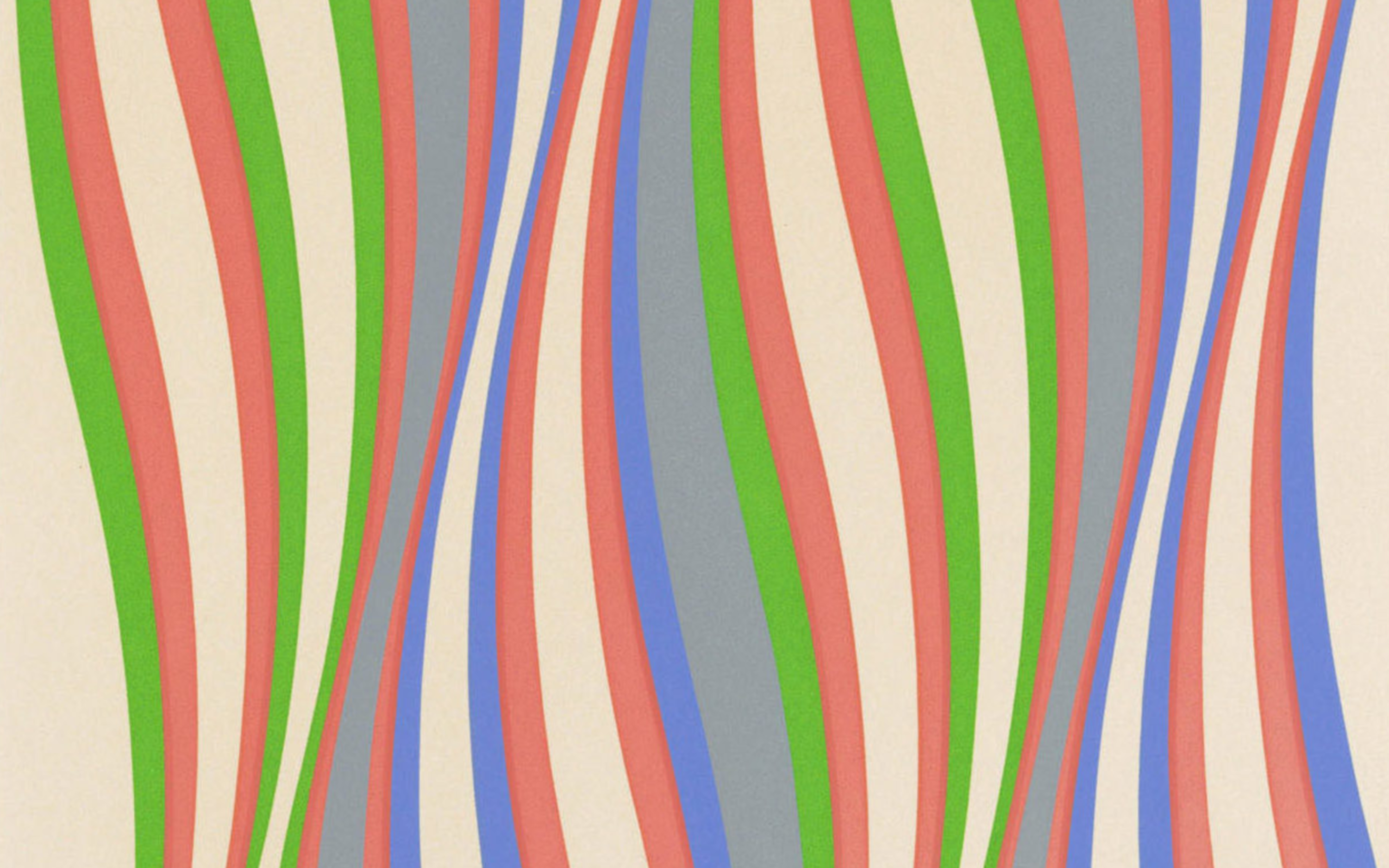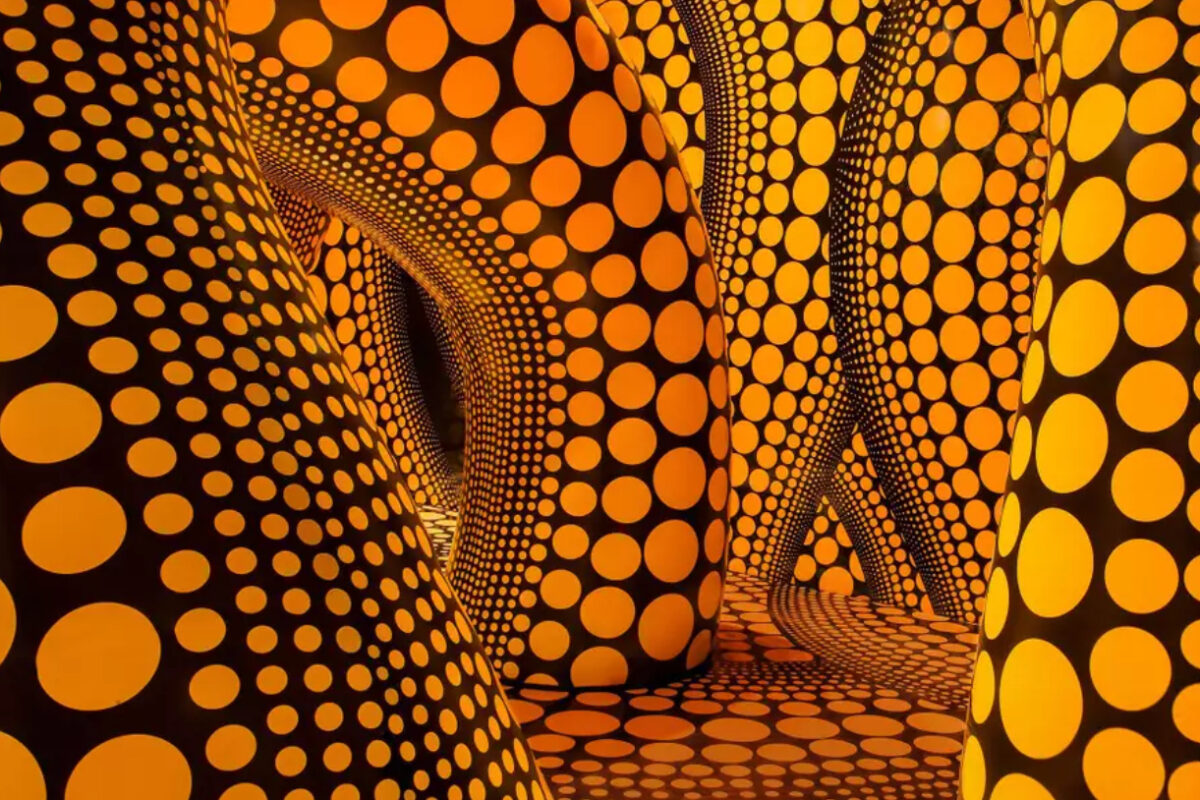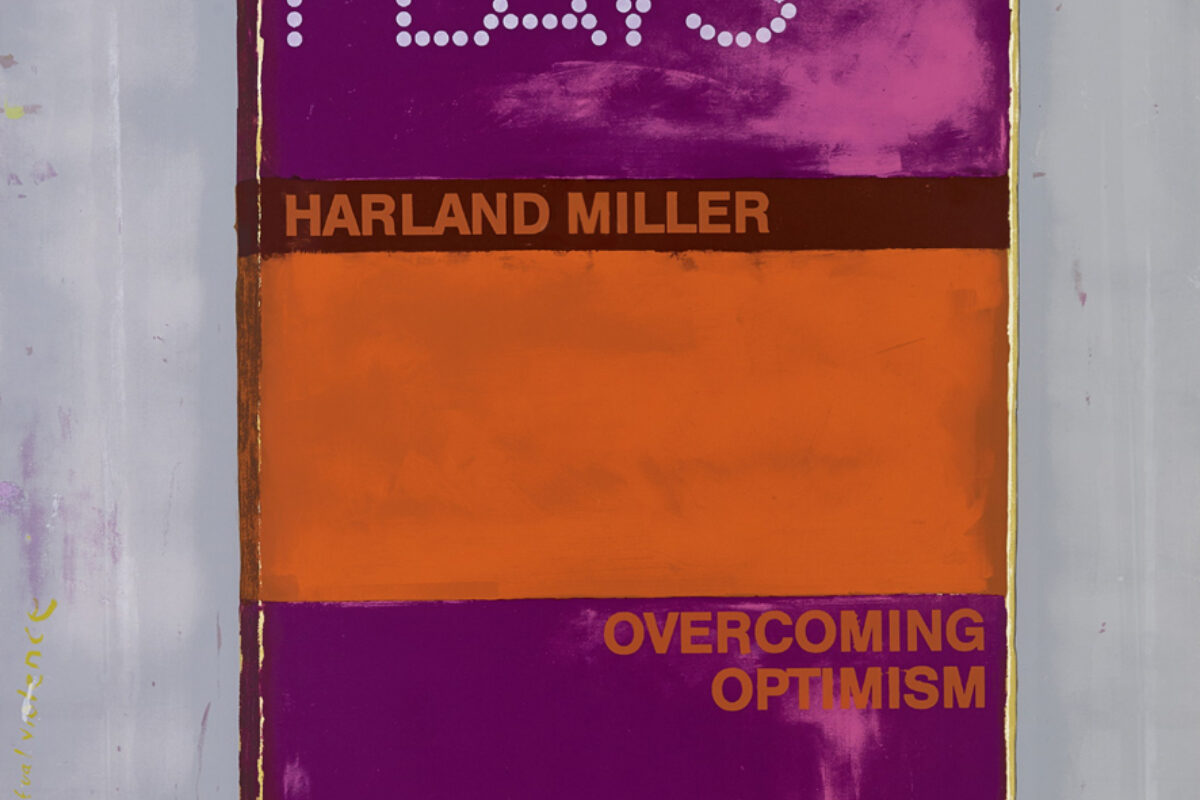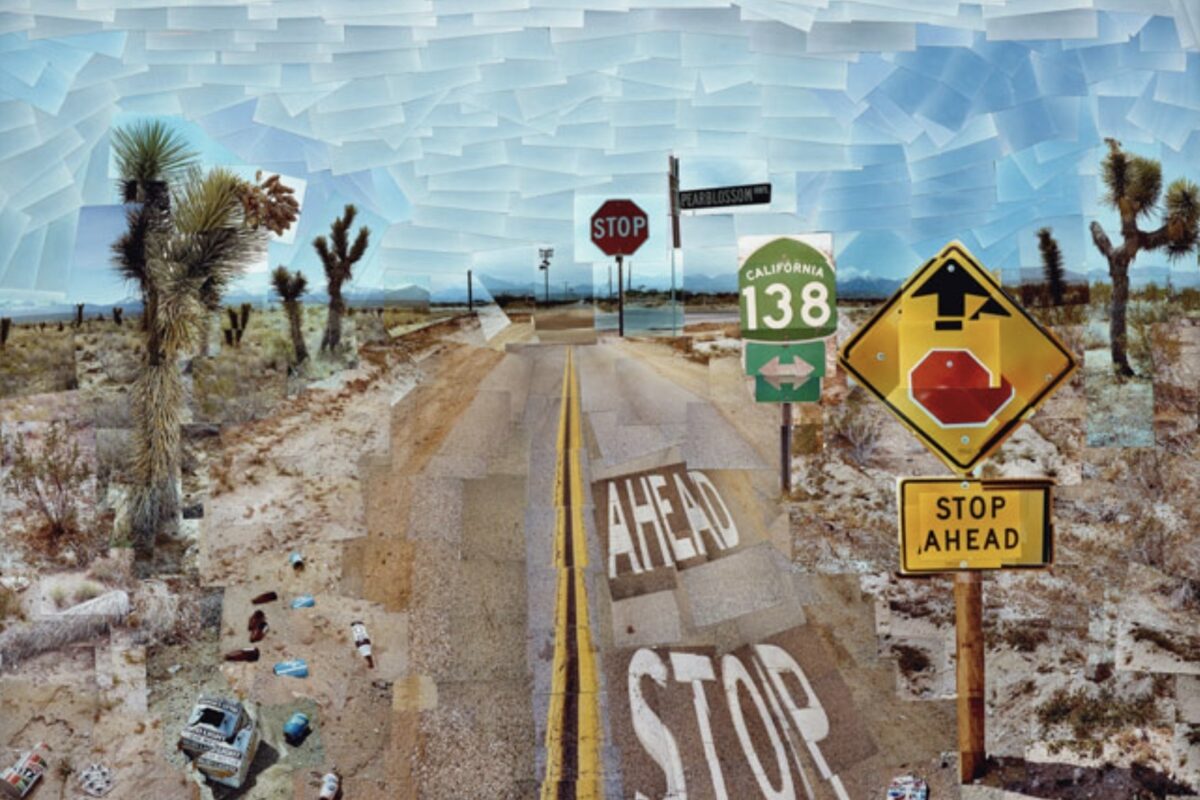The implications of the COVID pandemic mean it’s been ages since we held our last show (February 2020, to be exact). For our first exhibition after such a long hiatus, we are proud to be focusing on six artists who’ve made lasting contributions to the art world over the course of the last century. From Bridget Riley to Nina Chanel Abney, each has forged a career at the top of their game, despite the fact that the odds were rigged against them.

Bridget Riley, Yayoi Kusama and Tracey Emin
It’s been fifty years since Linda Nochlin wrote the seminal work Why Have There Been No Great Women Artists? (Thames & Hudson released an anniversary edition of the book at the beginning of this year). Focusing on the underlying issues at play, she highlighted societal pressures and barriers that meant women began artistic careers without a level playing field, which made it almost impossible to reach the same heights as their male counterparts. Like many things (and all the complicated things that feed into the art market, including finance and politics), the likelihood of becoming a renowned artist has traditionally been influenced by social status, race and sex – and the status quo has remained for far too long. But we have to believe that things will change going forward – and the artists featured in Game Changers are proof that it can happen.

Detail of Bridget Riley's Green Dominance, screen print on paper, 1977.
At Hang-Up, we struggle with the term ‘women artists’ because we believe that artists should be judged on their merits and not their gender. However, it’s a sad fact that men dominate auction sales and gallery walls. Maria Balshaw, the director of the Tate, went some way to initiating meaningful change when she temporarily rehung the walls of the free galleries of Tate Britain with work by all women artists in 2018, also pledging to increase the representation of women across the Tate’s collections. This year, Sotheby’s held its first auction dedicated to women artists, which included works by Bridget Riley, Dorothea Tanning, Louise Bourgeois and Barbara Hepworth amongst others.
Many of the lots smashed their high estimates, although the highest price commanded at the auction was £922,000 for Françoise Gilot’s sublime painting of her daughter, Paloma à la Guitare – a price which pales in comparison to those achieved by the artist’s male contemporaries. Nevertheless the auction, the recent marked increase in prices for artists including Gilot and Hepworth amongst others, and positive initiatives from major galleries proves that there is appetite for change in the art world.

Pumpkin (print and book) by Yayoi Kusama, 2005.
Over the course of the show, we’ll be studying what the six artists featured have done to change the art landscape themselves, including fighting against labelling according to sex, race or gender. Bridget Riley, whose work features in the exhibition, wrote about her rejection of gender categorisation in her 1973 essay, The Hermaphrodite. Shunning labels of any sort (including the ‘Op Art’ tag), she wanted to be free to explore art without the limitations that they might impose. Another artist who refused traditional labelling is Yayoi Kusama, who was not cowed by her struggles with mental health but rather made them central to her practice. And Tracey Emin, who has fought her own very public class and sex wars, has shown that there is room (and perhaps a need) for a different narrative in the traditionally middle class, male realm of art.
Although we are still some way from equality in the art world, there has been positive change since Kusama and Riley launched their careers: witness Nina Chanel Abney’s rightfully meteoric rise, which has been mercifully free of gender labelling, and Swoon’s adaptation of street art methodology for her imagined worlds which include recurring themes of motherhood and women’s lifecycles. When Nancy Fouts passed away in 2019, her obituaries discussed her charisma and her wild parties alongside her incredible talent for surrealism, but they did not go into irrelevant detail about her personal life and relationships – a fact that would have been unthinkable just decades before.

Detail of Zahra by Swoon, silkscreen, hand cut paper and acrylic gouache on wood, 2020.
Building on all of this, we must push for continued change in the hope that, during our lifetimes, all women artists will be judged by the same criteria as their male counterparts. The Game Changers exhibition was designed as a celebration of the huge contributions that the artists featured have made to the industry, regardless of their gender.
Game Changers: renegade artists defying convention will be showing at Hang Up Gallery from July 30 2021 until September 17 2021. Find more information here.
More editorials about Bridget Riley
Art Market
The Hang | Your monthly round up of Art Market based News
31 Jul 2025 | 4 min read

Art Market
Market Watch: Auction highlights | RESULTS Part 2
7 Mar 2025 | 2 min read

Art Market
Market Watch: Auction highlights | RESULTS
3 Mar 2025 | 2 min read

Art Market
Market Watch: Auction highlights | Part 2
1 Mar 2025 | 2 min read

Art Market
Market Watch: Auction highlights | Part 1
24 Feb 2025 | 2 min read

Art Market
12 Moments of 2024
30 Dec 2024
Artists
All Things Bright and Beautiful
10 May 2023 | 3 min read
Artists
A Brief Retrospective of Bridget Riley
28 Mar 2023 | 5 min read
Art Market
Art Market Insight | What, Why and How To Invest
19 Jul 2022
More from Artists
Artists
The Diverse Techniques of Yayoi Kusama
21 Aug 2025 | 2 min read

Artists
Haring Decoded: The Symbolism of His Iconic Dog
12 Aug 2025 | 2 min read

Artists
Happy Birthday Andy Warhol, The King of Pop Art
6 Aug 2025

Artists
The Psychology of Kusama
14 Jul 2025 | 3 min read

Artists
From Rothko to Ruscha: Unpacking Harland Miller’s Influences
10 Jul 2025 | 3 min read

Artists
Decoded: David Shrigley
8 Jul 2025 | 2 min read

Artists
Is David Hockney the Most Important Living Artist?
2 Jul 2025

Artists
Top 10 Selling Warhol Sets
15 Jun 2025 | 2 min read

Artists
David Hockney | 5 Groundbreaking Moments
23 Apr 2025 | 3 min read
